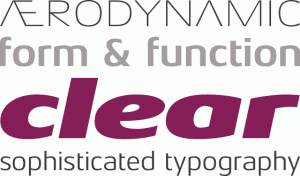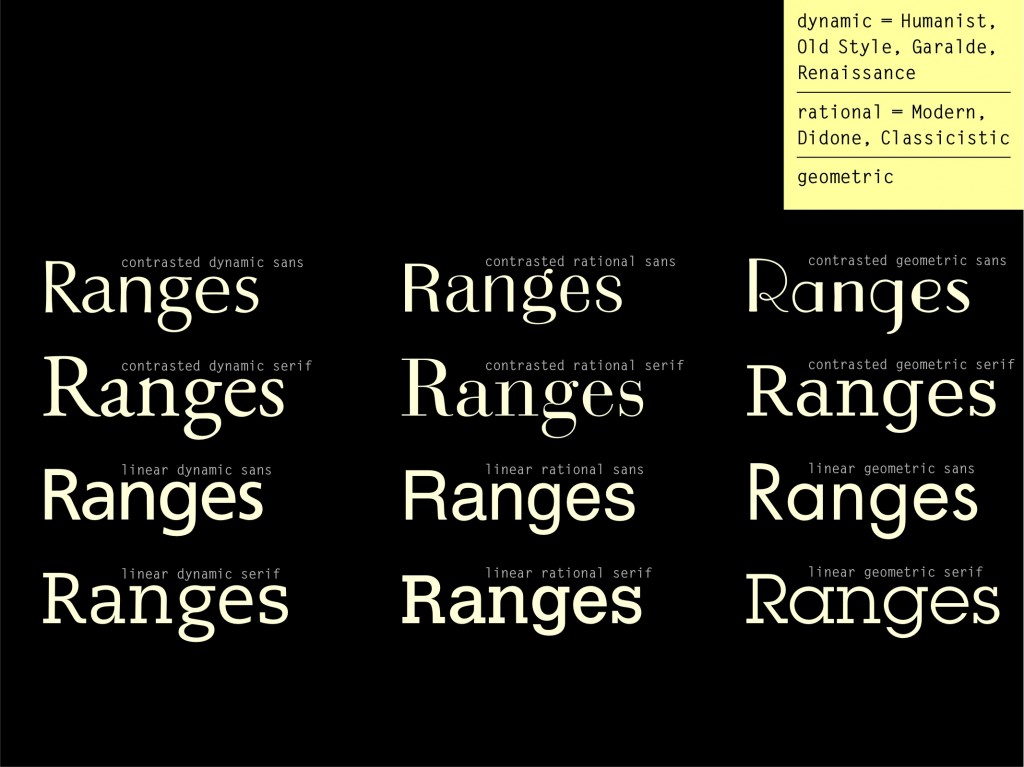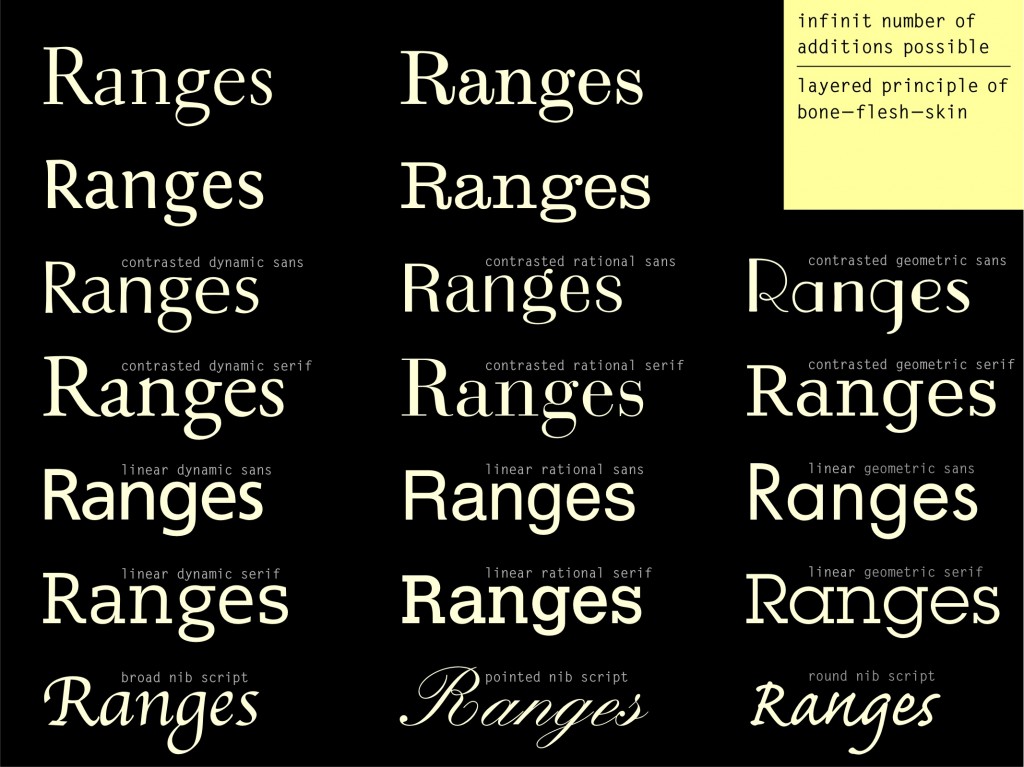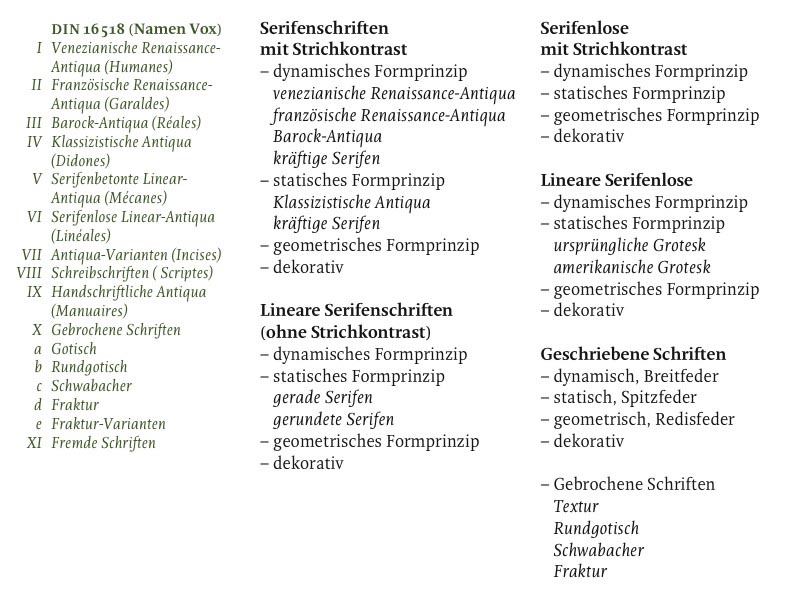I had never loved Helvetica
I had never loved Helvetica. Despite of being an omnipresent typeface, I really noticed and used her first in the form of the bland system font on a Mac Classic for my very first piece of typesetting as a design student. Although I can’t blame my unrefined typography solely on the crude font, I avoided her ever since. Besides that, it was the early 1990’s when humanist sans-serifs were the type to use and Meta had taken over as “the Helvetica of the nineties” (quote not by Robin Kinross as often stated). A time when it was the order of the day to “hate” Helvetica. Some colleagues never got over this.
I practiced a policy of peaceful indifference and our paths never crossed again. Until in 2007 when I was asked to research the history and development of Helvetica for a book and exhibition project on the occasion of the typeface’s 50th birthday. It was a timid approximation at first, but the more I learned about the genesis of the family, the background, the people and techniques involved, and above all saw the original drawings, proofs and corrections, there was a certain fondness growing inside of me. Meanwhile I find myself coming to Helvetica’s defense every once in a while, because she wasn’t meant to be as bland and unrefined as most of us digital natives got to know her. In fact, Neue Haas-Grotesk, as the foundry type version of Helvetica was called upon release in 1957, is a rather beautiful and soulful design.
Although being credited mostly to Max Miedinger alone, the development of the original Neue Haas-Grotesk in the mid 1950s owes just as much to Eduard Hoffmann, then president of the Haas typefoundry in Münchenstein near Basel. By the mid 1950s he recognized a decrease in sales and appreciation for the sans-serif typefaces in their program: Französische Grotesk and Normal Grotesk. Both designs, originally from 1890 and 1909 respectively, looked rather dated in the eyes of the leading Swiss typographers who preferred the more rigorous Akzidenz-Grotesk by Berthold instead. Hoffmann had planned to issue a new sans-serif since 1950 but hesitated facing the expenses. Now with the conspicuous rise of the “Swiss Typography” and the “International Style” the time had come.
Hoffmann commissioned graphic designer Max Miedinger, a former salesmen at Haas, to develop the new sans-serif which should be based on Haas’s reworking of Normal-Grotesk from 1954. Through his dialogue with customers, Miedinger had a good insight into the market’s demands and what makes a successful typeface. Work began in early fall of 1956 with the medium weight (Stempel’s official translation of Halbfett was Medium whereas other places may refer to it as the bold style). The new design was aimed to be presented at the Graphic 57 trade expo in June the following year. From very early on – even before the actual development began – Hoffmann consulted with prominent Swiss graphic designers and the weighty advertising departments of Basel’s chemical companies Geigy and Ciba. It was clear to him that the success of a new grotesk would largely depend on winning over the influential designers, because that meant the large printing offices would most certainly purchase the new typeface.
Over the following months a sedulous exchange of correspondence, drawings, and proofs between Miedinger and Hoffmann took place. Hoffmann elaborately documented the whole development process in a notebook. The new design was continually compared to samples of the competitor Akzidenz-Grotesk as well as Haas’s “old” grotesks. Its most unique new features were the consistently horizontal terminals, the large x-height, and the extremely narrow sidebearings. Never before were designers able to set type this tight. These features result in the typical dense, vigorous color of Neue Haas-Grotesk. The two men didn’t always agree. Many details were discussed over weeks and modifications would continue until late autumn. Miedinger in particular was not satisfied with the capital R and considered forms with a more diagonal leg than the vertical “Schelter R” tail that we now recognize as “typical Helvetica”. Also, the characteristic “a” with its drop-shaped bowl got its final form only after the inaugural presentation at the trade show.
The response to the new typeface was positive throughout and Neue Haas-Grotesk became an immediate success. Miedinger promptly took up work on additional weights. However, the competitors didn’t sleep either. Also in 1957, Adrian Frutiger’s Univers was issued by Deberny & Peignot and the German Bauer foundry published their Folio, both for hand-composition. For machine composition, the Monotype system was prevalent in Switzerland and with it Monotype Grotesque.
Meanwhile the rivalry among the different Swiss design schools and influential protagonists of the Swiss Typography in Basel and Zürich was is full swing and grew into a rivalry of the new typefaces Neue Haas-Grotesk and Univers. Competing for the favour of the influential designers, Haas countered Emil Ruder’s bias for Univers in Basel by commissioning leading Zürich designers like Josef Müller-Brockmann for work. The success of Neue Haas-Grotesk has to be thanked to effective marketing from day one. Articles, ads and supplements were placed in all relevant magazines, and extensive specimens designed by Hans Neuburg and Josef Müller-Brockmann. Most notably Haas issued a costly binder called “Satzklebebuch” with dummy texts in all styles and sizes, making it very convenient for typographers to lay-out pages. But Hoffmann knew that for truly challenging the competition, it was important to make Neue Haas-Grotesk available for machine composition.
In June 1959 Hoffmann took up negotiations with D. Stempel AG in Frankfurt, Germany, who held 51% of Haas’s shares. Besides producing foundry type, Stempel also manufactured the matrices for Linotype composing machines. The Germans were skeptical. Only five years earlier, in 1954, had they adapted Haas’s Normal-Grotesk for the Linotype which did not sell very well. Also the taste for sans-serif typefaces was considerably different across the border in Germany at that time. With a list of 62 potentially interested Swiss printers, Hoffmann was able to win Stempel over. The name “Neue Haas-Grotesk” however was deemed not suitable for an international market. Heinz Eul, sales manager at Stempel, suggested “Helvetia”, Latin for “Switzerland” but Hoffmann was not convinced, especially since a sewing machines manufacturer and an insurance company already carried that name. Instead he suggested “Helvetica” — the Swiss.
In the beginning only the Linotype version, issued in 1960, was called Helvetica. The type for hand composition was continued to be sold under its old name for several years (later at Stempel as “Helvetica A”). This made sense because the design had to be altered significantly to meet the requirements of the Linotype system. The Linotype machine casts one line of type at a time from a row of individual matrices which are assembled automatically by typing the text on a keyboard. One matrix holds two forms of the same character, usually either regular and italic, or regular and bold. As such, both forms on a matrix have to be exactly the same width. This “duplexing” inevitably leads to compromises: italics often appear to be too wide, bold styles on the other hand too narrow. Kerns – parts of a letter that extend onto the following sort – were not possible, which resulted in the typical narrow f’s in Linotype fonts.
In the case of Neue Haas-Grotesk the size of each glyph on the body had to be slightly reduced to accommodate uppercase accents. The italic was completely redrawn by Stempel, as Haas’s version was regarded “not good enough”. The Medium was made slightly bolder, and the spacing of all styles was adjusted, making the Regular “lighter in flow” and the Medium more dense. It was not a premiss that the two typefaces had to be fully compatible since they were usually not used together at the same size. Hoffmann had no qualms about the changes as long as the overall design and proportions were maintained.
The immediate success of Neue Haas-Grotesk and Helvetica put pressure on both Haas and Stempel to issue additional weights and styles as quickly as possible. Styles of older typefaces were hastily tweaked and renamed “Helvetica” to meet the demand for a larger family, leading to many inconsistencies in design and proportions between the various fonts. The bold expanded style of Normal-Grotesk for instance was cast more tightly and adopted as “Helvetica Bold Expanded”. Similarly, Commercial-Grotesk — a sans derived from an Egyptian called Superba by cutting off the serifs — was respaced and adopted as Helvetica Medium Condensed, Bold Condensed and Compact (two years later, in 1966, revised by Matthew Carter and Hans Jürg Hunziker as Helvetica Compressed). Only the italic weights were fully original drawings. This stands in great contrast to Univers, which was planned as a systematic family right from the outset.
From the late 1960s on, further development of Helvetica was entirely taken over by Stempel in Frankfurt. They reworked Haas’s ad-hoc-additions of condensed and expanded styles, and added a Light and Light Italic. Hoffmann was right. The availability for the Linotype and the international distribution contributed enormously to Helvetica’s success, especially in the United States where the Linotype was the prevalent composing machine. Albeit not very systematic at first, the family grew into a large, versatile series of various widths. It was available in sizes as small as 5 pt, cast from extra hard alloy, up to the striking, large Poster styles — my personal favourite — in wood, aluminum or plastic. There were also several alternate characters available, most notably a capital ‘R’ with diagonal leg. Upon customer request Stempel provided a third form of ‘R’, in the so called “Futura-form”, an ‘A’ with round top (uh!), a single story ‘a’ or a ‘y’ with a straight descender.
Because of its wide spread, Helvetica was always among the first typefaces transferred into a new technology. However, almost all changes came with sacrifices to the original design, for instance the switch from metal to photo-typesetting in the late 1960s. For metal type, separate matrices were created to cast each size of a typeface. This allowed the design to be adjusted for the different sizes, optimizing spacing, proportions, and weight as needed. Photo-typesetting on the other hand enabled the infinite scaling of just one master design. To preserve at least some of the adjustments traditionally made for different sizes, foundries provided up to four sets of masters to be used for different size ranges. Another problem was the undesirable rounding of sharp edges in the photographic process. To work against this, the letter forms were drawn with exaggeratedly pointed corners and notches. Also, the width and spacing of all characters had to be reworked. While Linotype hot-metal machines justify the lines by means of mechanically expanding wedges — the “space bands” — phototype systems, as well as the Monotype machine, have to calculate the line-length and wordspaces from the width of the characters. Because computing unlimited spacing variations was not possible back then, the width of all characters had to follow a rather coarse 18-unit system (later 54 units). This again implied that all styles had to be redrawn.
When Helvetica was adapted as one of the first typefaces for digital typesetting — initially as bitmap fonts in the 1970s, later as outline fonts included in the first version of PostScript — many of the design limitations from analog systems were carried over to the digital realm. The version of Helvetica that comes with Macintosh’s operating systems today still retains the 18-unit width system from the phototype era. Many of the curves lack finesse and the italic was created by automatically slanting the roman. The adjustments for different size ranges were given up for a one-size-fits-all master drawing and spacing. In 1982 Linotype set out to revise and systematize the hodgepodge of fonts Helvetica had become over the years. Adopting the numeric naming system from the former competitor Univers, styles and weights were coordinated and complemented. The height of all capitals and lowercases were aligned throughout the family. Yet the wish for regularization and cohesiveness led to new compromises: condensed and expanded styles required squarer forms in the normal widths, again sacrificing some of the personality of the rounder original.
In 2004 designer Christian Schwartz was commissioned by a British newspaper to digitize Neue Haas-Grotesk. He calls it a “restoration”. With “as much fidelity to the original shapes and spacing as possible”, he carefully redrew the typeface to match Miedinger’s original forms. The series is comprised of two families: a display version retaining the characteristically tight spacing of the original’s larger sizes, and a text version which is slightly sturdier and more loosely spaced for smaller sizes. Furthermore, he incorporated the alternative glyphs for “a”, the straight-legged R and the original ç, as well as additional numerals and other amenities, but the essence of Neue Haas-Grotesk was preserved throughout.
Alfred Hoffmann, son of Eduard Hoffmann and former CEO of the Haas foundry, witnessed the development of Neue Haas-Grotesk and Helvetica for over 50 years. Upon seeing proofs of Schwartz’s new Neue Haas-Grotesk he was delighted: “There can be no greater present for the founding fathers. Almost better than the original”, he said.
I agree.
A selection of related images in my Flickr stream.
















